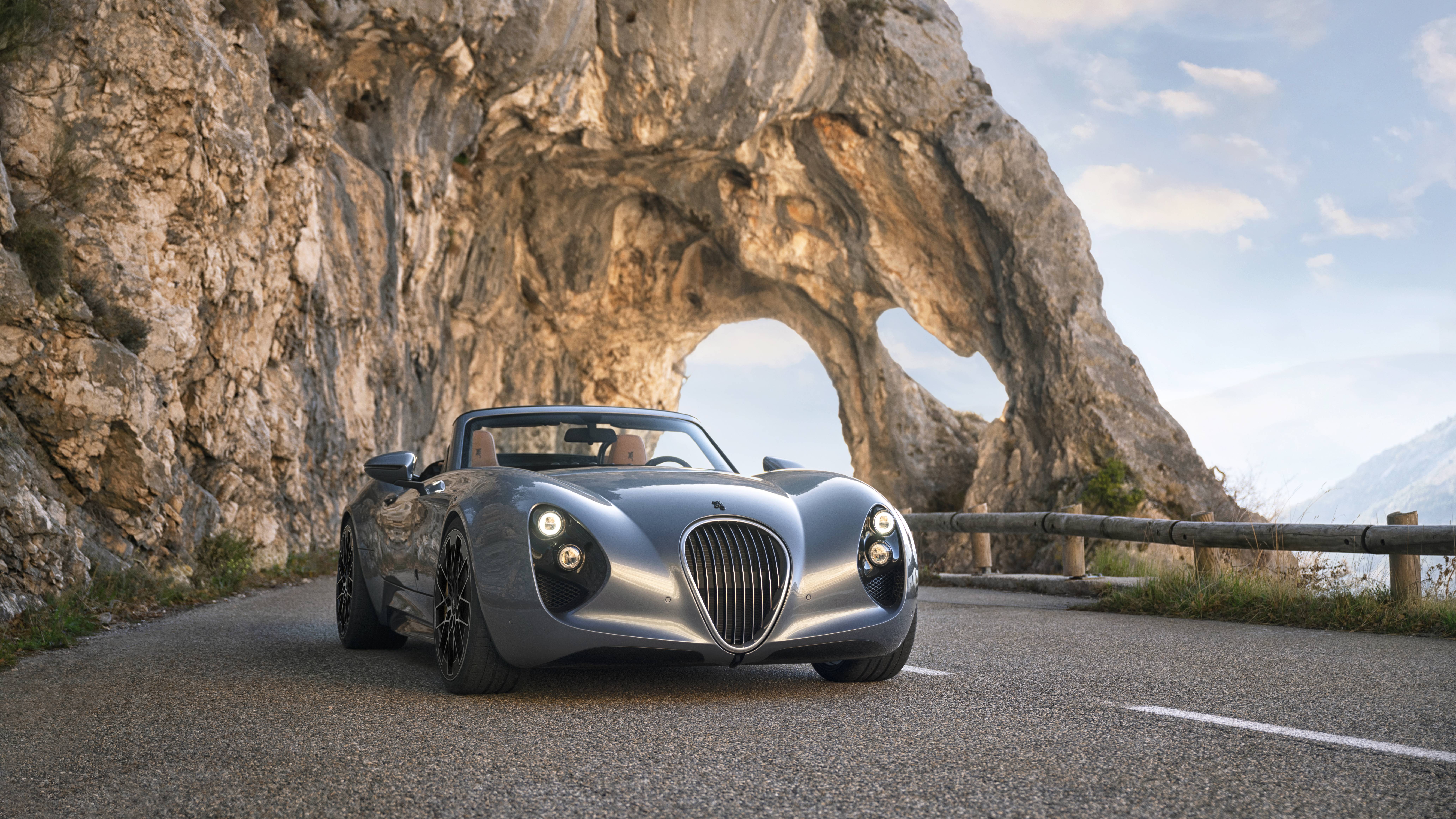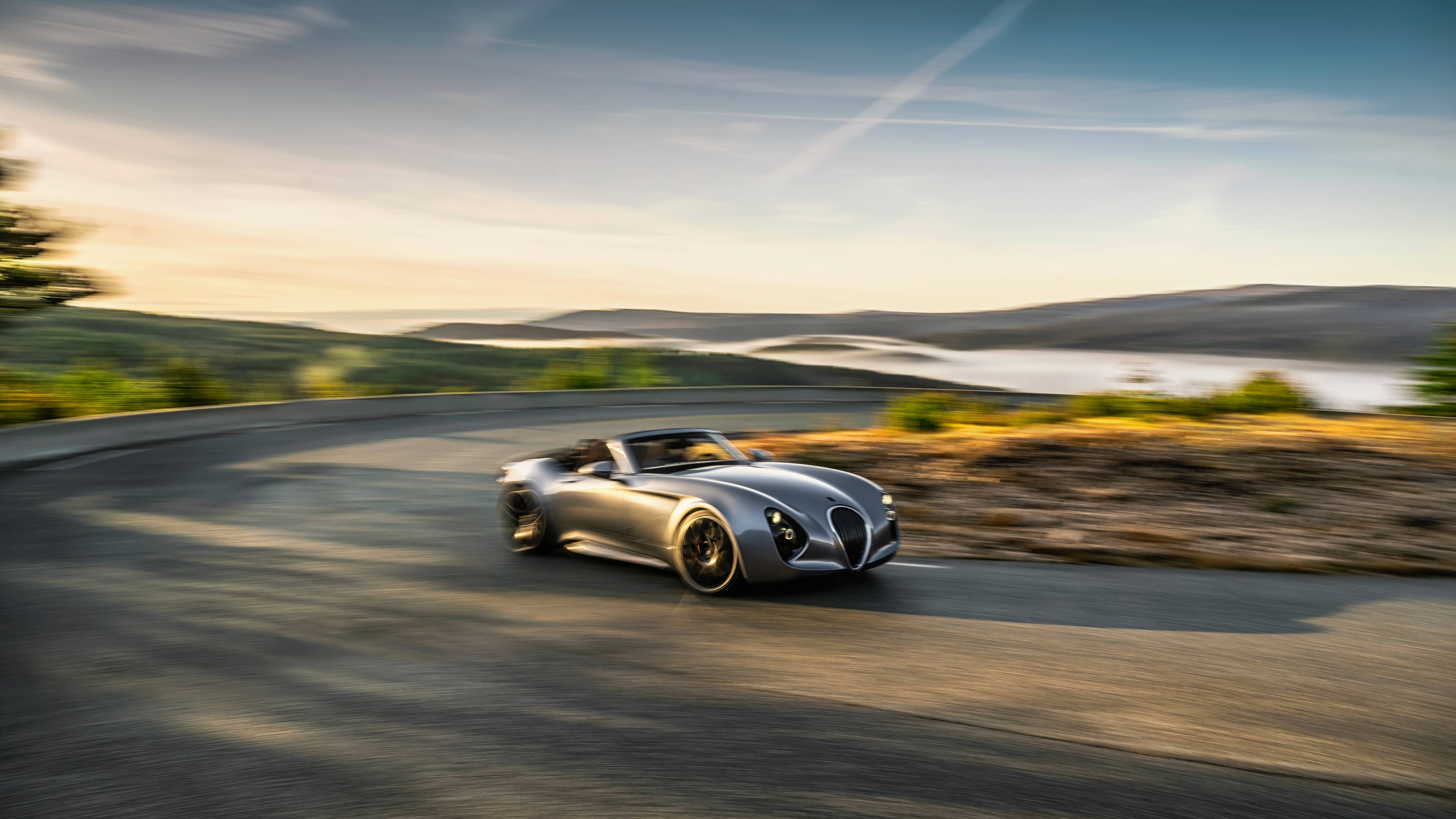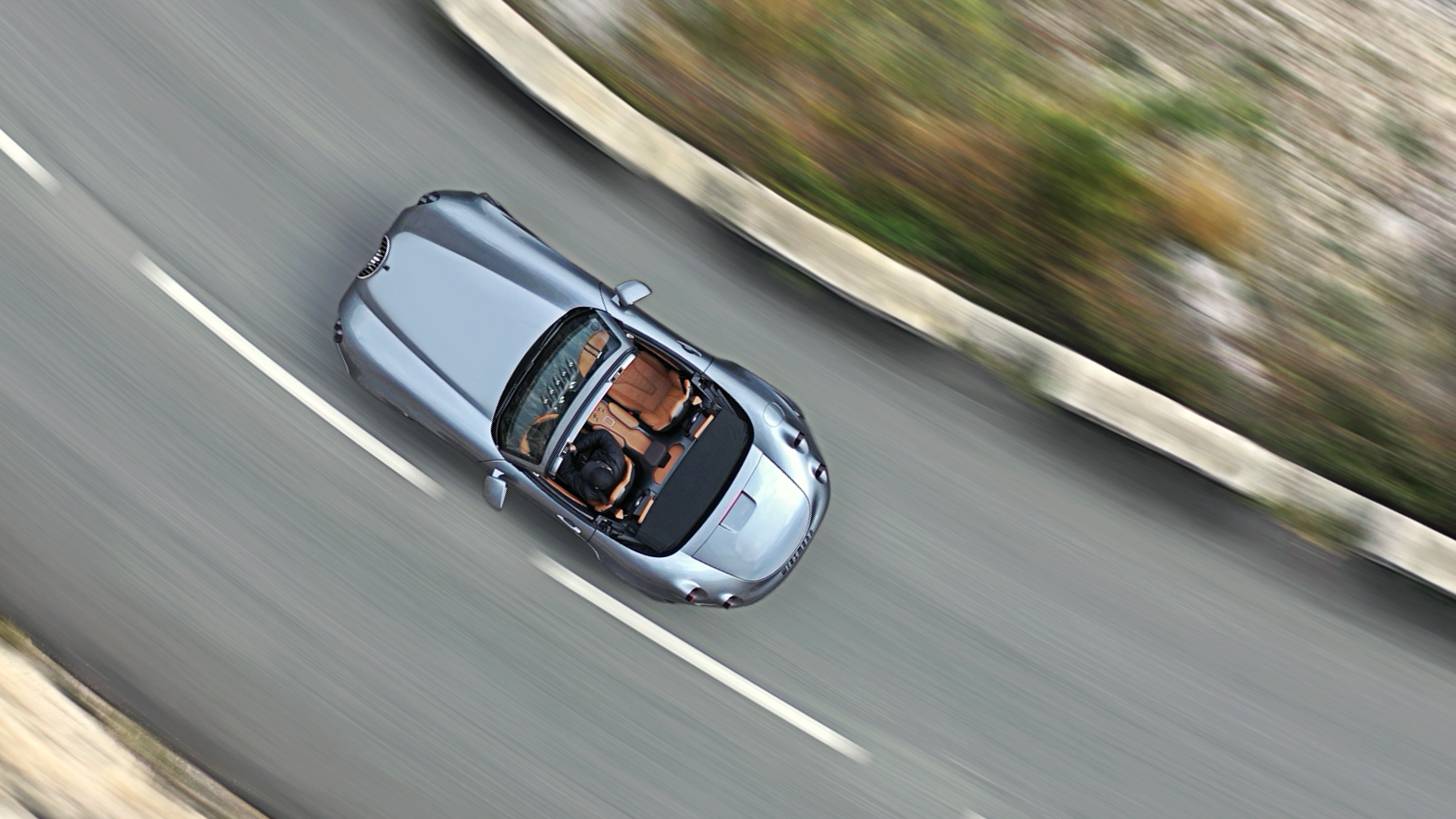Wiesmann's Project Thunderball is the world’s most exciting electric sports car
Wiesmann returns with Project Thunderball, an all-electric roadster


Wiesmann is not a name that trips from the lips of even the most au courant auto aficionado. The German company has laid low for a few years. Founded in 1988 by brothers Martin and Friedhelm Wiesmann, the company specialised in building old school roadsters with new-era underpinnings, typically boosted BMW power units.
Models like the MF4 Roadster, introduced in 2010, had a fluid, vintage silhouette with up-to-the-minute detailing. From a distance, the cars evoked something iconic and British – a Jaguar XK, say, or an Austin-Healey.

Engines were typically sourced from BMW’s ‘M’-division, giving the relatively light machines a massive amount of power to weight. In 2007, the brand even invested in a new factory, with a dramatic deconstructivist roof structure based on Wiesmann's ‘Gecko’ logo.
But the economic downturn that began the following year hit hard, and suddenly no one was in the market for an expensive, hand-built, ultra-niche sports car. By 2014, the company had shut up shop, with the brand and assets eventually snapped up by new owners a couple of years later.

Project Thunderball is the first salvo in the Wiesmann revival. The bold decision has been made to ditch M-power for good in favour of a pure electric drivetrain, instantly giving this tiny German company a claim to be first to market with an all-electric roadster.
Power is pushed through the rear wheels, with twin motors generating up to 680hp and 1100 Nm of torque, figures that should deliver an all-important 0-62 mph sprint time of 2.9 seconds.

The retro-infused lines are still present and correct, albeit slightly tweaked and refined for the modern era. The body panels are crafted from carbon fibre – lightness is now even more important in the battery age – and the target weight is an impressive 1700kg, around about the same as a Nissan Leaf (and a ton or so lighter than an Audi e-tron).
Get all the latest news, reviews, deals and buying guides on gorgeous tech, home and active products from the T3 experts
The company is pushing for a range of over 300 miles, although as ever with EVs, you’ll have to choose between pushing on and cruising calmly. Fast-charging architecture comes as standard.

Wiesmann has also honed the driving experience to match that of its conventional ICE-powered antecedents, with a specially developed brake regen system. Now owned by ‘international entrepreneur’, Roheen Berry, who describes it as the ‘world’s most exciting electric sports car,’ Project Thunderball certainly has a more enticing everyday usability than, say, a Rimac Nevera or Pininfarina Battista.
These offer devastating performance at an eye-bleeding price, but neither have the light touch, effortless elegance and engagement with your surroundings that you get from an open car. With Project Thunderball, Wiesmann has given the retro design a delectable and acceptable twist.
The Project Thunderball is available to order now, from 300,000 Euros.

This article is part of The T3 Edit, a collaboration between T3 and Wallpaper* which explores the very best blends of design, craft, and technology. Wallpaper* magazine is the world’s leading authority on contemporary design and The T3 Edit is your essential guide to what’s new and what’s next.

Jonathan Bell is Wallpaper* magazine’s Transport and Technology Editor, a role that encompasses everything from product design to automobiles, architecture, superyachts, and gadgets. He has also written a number of books, including Concept Car Design, 21st Century House, and The New Modern House. His interests include art, music, and all forms of ephemera. He lives in South London with his family.
